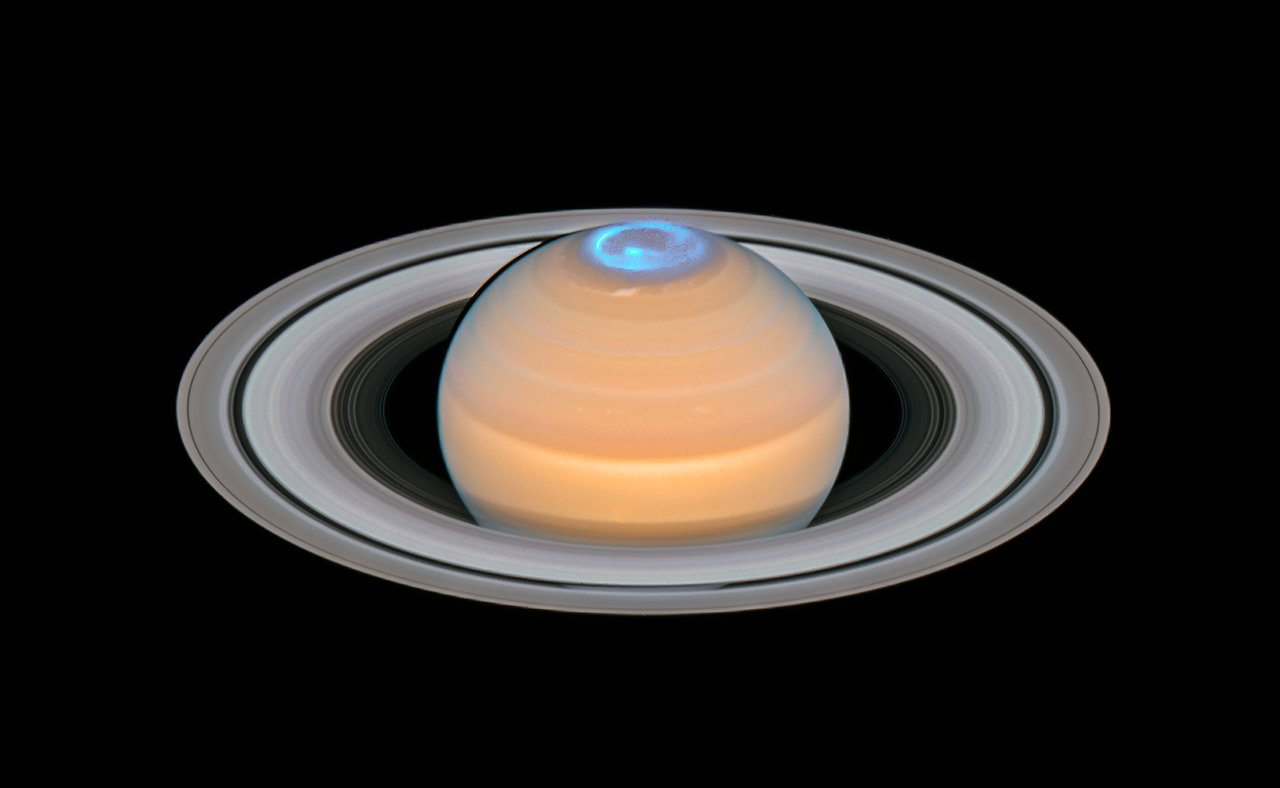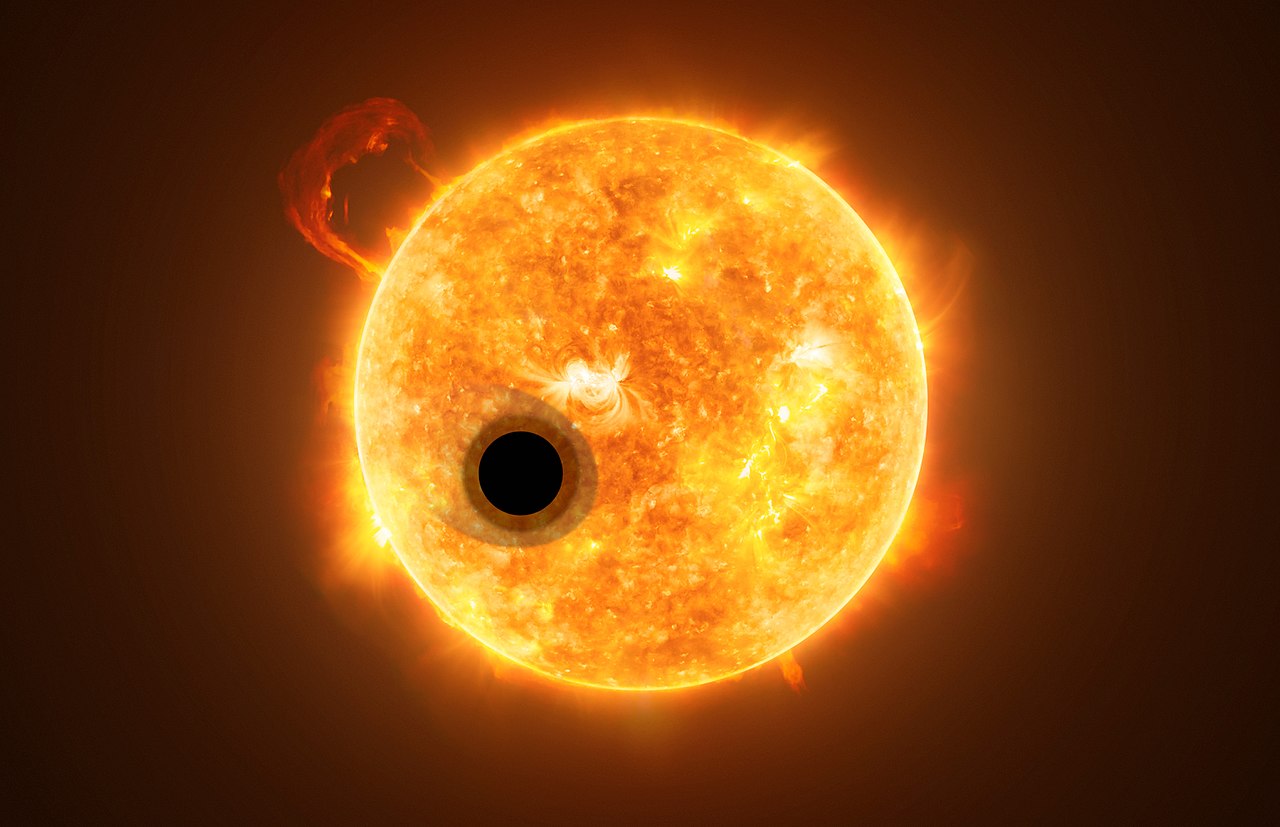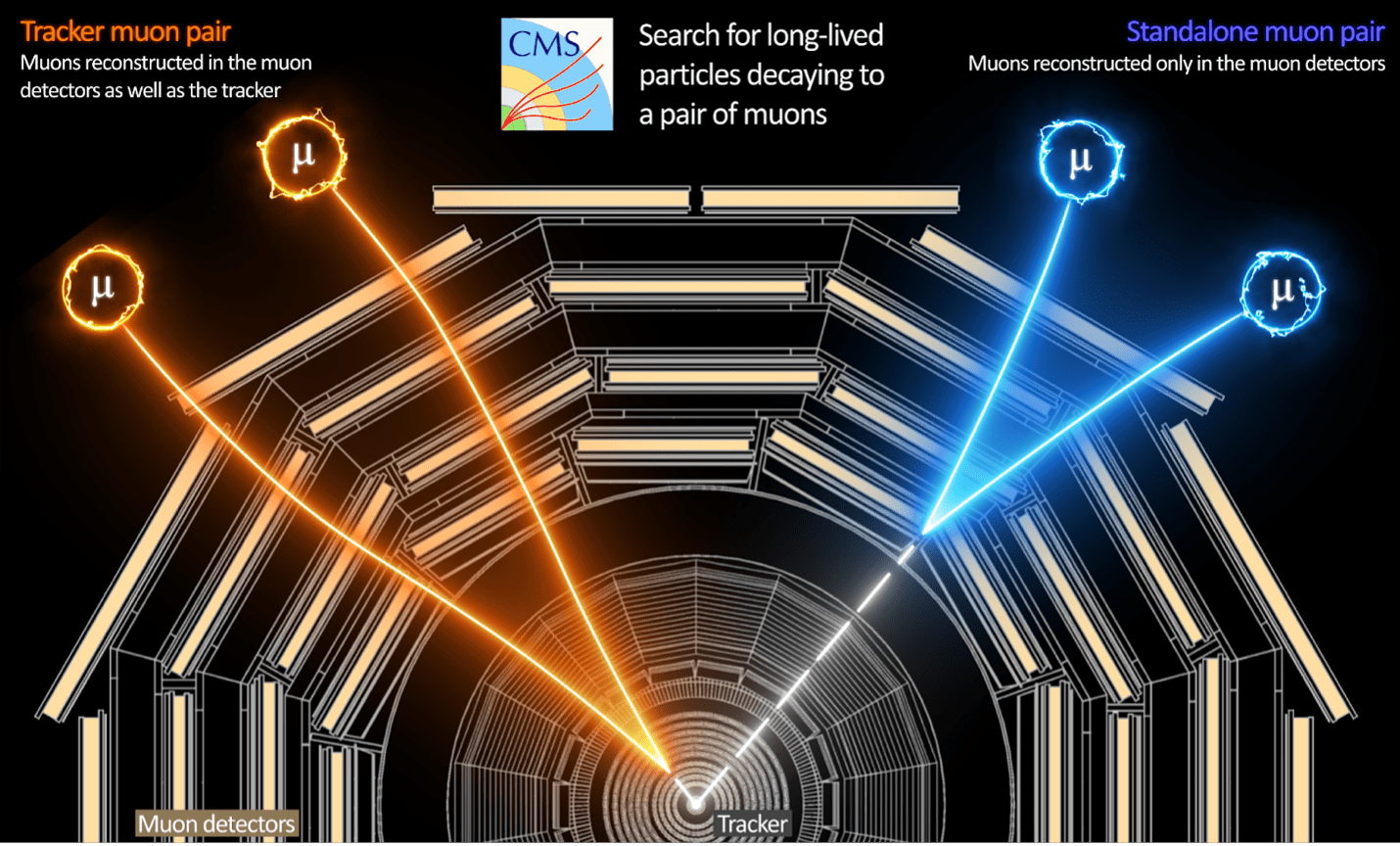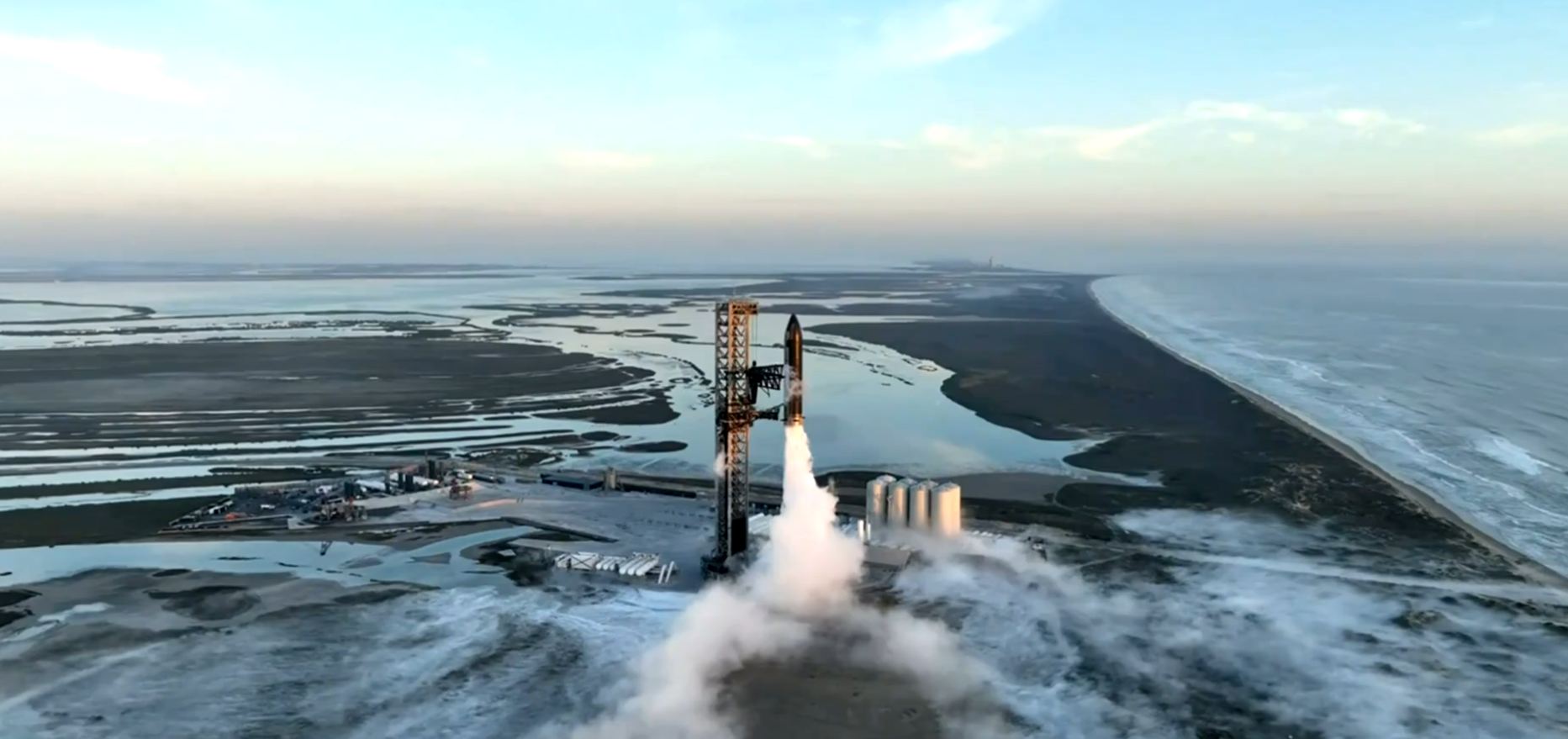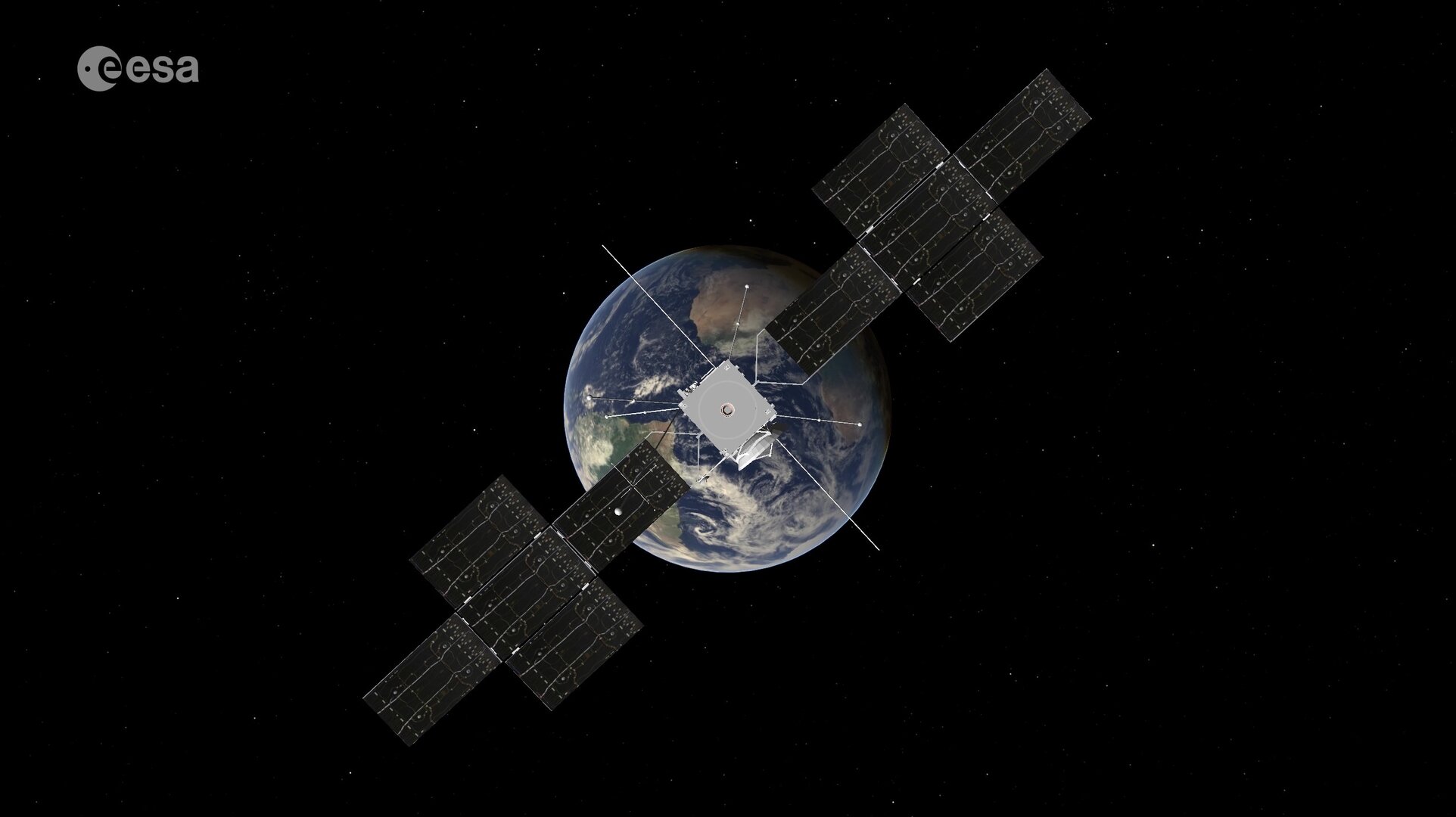I can remember it very well, although not actually sure when it was, back around 1995/1996 I think. I was, like most other keen stargazers very familiar with the sight of Saturn with rings and all. Indeed the view of Saturn with its rings was one of the first things I had ever seen through a telescope and it inspired me into a lifetime passion of exploring the night sky. Every 15 years though, the Earth passes through the plane of the rings and from Earth they seem to vanish. Now, an astronomer has used data taken during such ring plane crossings from the Cassini spacecraft to measure the transparency of the rings.
Continue reading “In the Shadow of Saturn’s Rings”JWST Peers into the Atmosphere of a Puffy, Fluffy Planet!
Exoplanets are definitely a bit of a hot topic at the moment. Throw in a sprinkling of the James Webb Space Telescope (JWST) and you have the recipe for magic! I still cannot believe that we have discovered, yes actually discovered 5,539 exoplanets and there more being confirmed every day!The first exoplanet was discovered in 1992 and now over five and a half THOUSAND planets around other star systems are known! A team of astronomers have been exploring one in particular, the enigmatic WASP-107b using JWST and have made some incredible discoveries about its atmosphere.
Continue reading “JWST Peers into the Atmosphere of a Puffy, Fluffy Planet!”If You’re Trying to Prevent an Asteroid Impact, the Technical and Political Challenges are Staggering
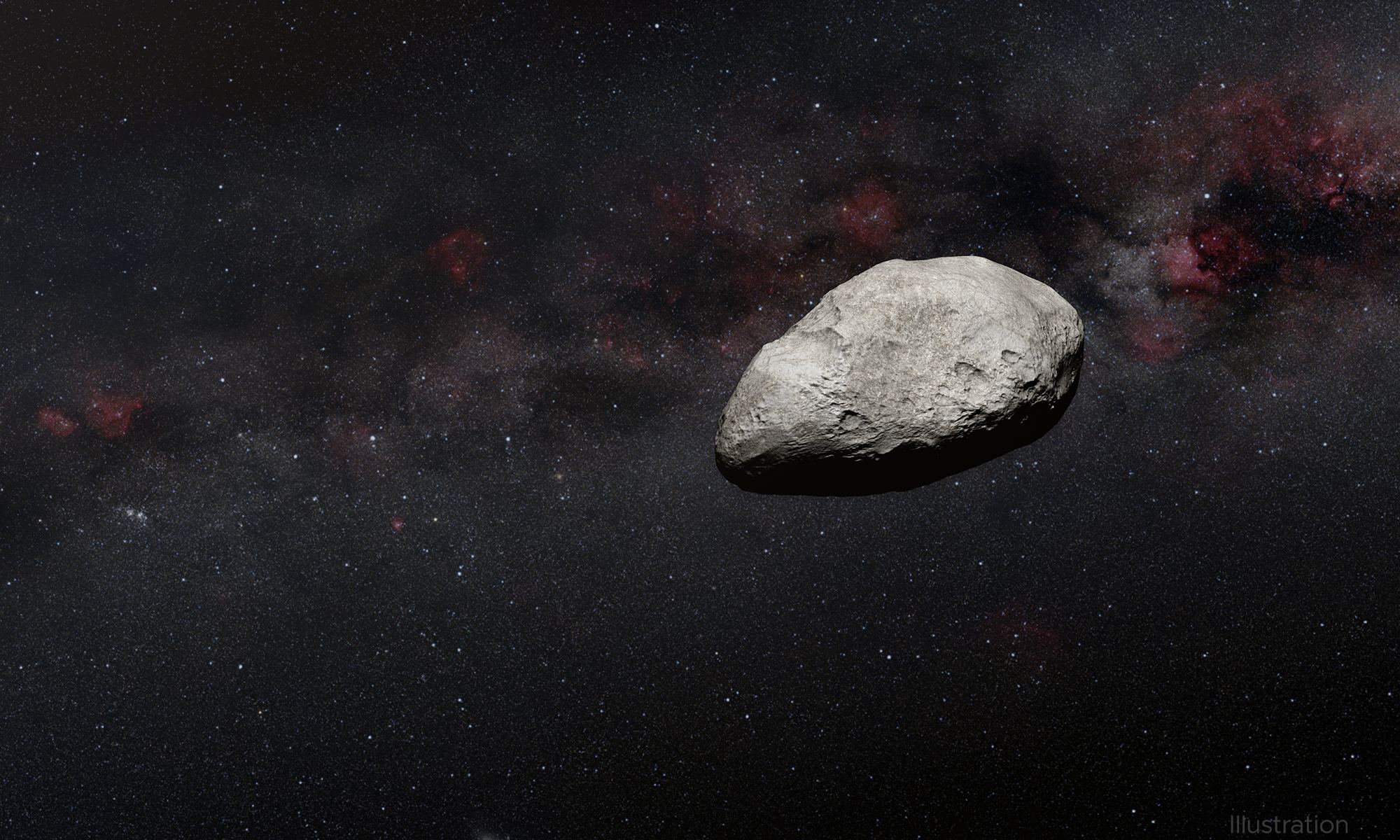
While preparing for the threat of an asteroid strike might seem like a hypothetical exercise, it’s really not. The Solar System has calmed down a lot from earlier times when impacts were more frequent. But it is only a matter of time before an asteroid heads straight for Earth. The probability of an impact is not zero.
Equally as difficult as determining when one will come for us is the task of getting humanity to cooperate and prepare for it.
Continue reading “If You’re Trying to Prevent an Asteroid Impact, the Technical and Political Challenges are Staggering”CERN Has Joined the Search for Dark Photons
In the search for dark matter particles, there are two main approaches. The first is to look for particles that happen to decay naturally as they pass by. This typically involves neutrino observatories such as IceCube where a dark matter particle particle colliding with a nuclei might trigger a faint burst of light. So far this has turned up nothing. The second approach is to slam particles together in a particle accelerator. This approach has also failed to find dark matter particles, but there have been enough interesting hints that CERN is having a go. Their latest run is looking for what are known as dark photons.
Continue reading “CERN Has Joined the Search for Dark Photons”A Chinese Booster (and Additional Secret Payload) Caused a Double Crater on the Moon
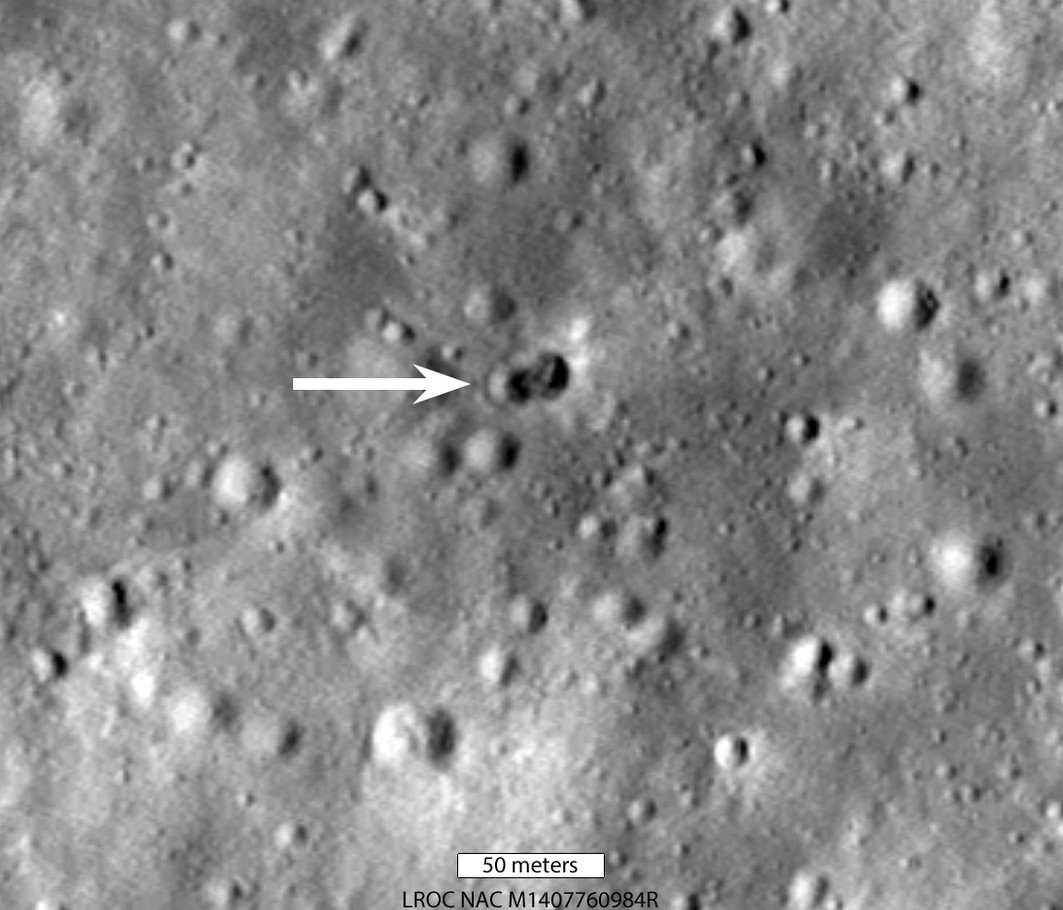
Last year, astronomers warned that a large piece of debris was on a collision course with the Moon. Initially, they speculated that it was a SpaceX booster but later zeroed in on a Chinese Long March 3C rocket booster that launched the Chang’e 5 mission. When it did impact on March 4, 2022, astronomers noted a strange double crater.
A new paper suggests that it couldn’t have been a single object breaking up since there’s no atmosphere on the Moon. Instead, the booster must have been carrying an additional, undisclosed payload.
Continue reading “A Chinese Booster (and Additional Secret Payload) Caused a Double Crater on the Moon”SpaceX Tested Its Starship Again. Successful Launch But Both Vehicles Were Destroyed
After months of waiting, SpaceX made its second attempt at an orbital flight this past Saturday (November 18th). During their previous attempt, which occurred back in April, a fully-stacked Starship (SN24) and Super Heavy (BN7) prototypes managed to make it off the landing pad and reach an altitude of about 40 km (25 miles) above sea level. Unfortunately, the SN24 failed to separate from the BN7 booster a few minutes into the flight, causing the vehicle to fall into an uncontrolled tumble and forcing the ground teams to detonate the onboard charges.
Things went better this time as the SN25 and BN9 prototypes took off at about 7:00 AM local time (8:00 AM EDT; 05:00 AM PDT) from the Starbase launch complex. The SN25 successfully separated from its booster two minutes and fifty seconds later – at an altitude of 70 km (43 mi) – and reached an altitude of about 148 kilometers (92 miles), just shy of SpaceX’s goal of 150 km (~93 mi). However, the booster stage was lost about 30 seconds after separation, exploding over the Gulf of Mexico. The SN25 also exploded about eight minutes into the flight, reportedly because its flight termination system was activated.
Continue reading “SpaceX Tested Its Starship Again. Successful Launch But Both Vehicles Were Destroyed”A Galaxy Only 350 Million Years Old Had Surprising Amounts of Metal

Astrophysicists working with the JWST have found a surprising amount of metal in a galaxy only 350 million years after the Big Bang. How does that fit in with our understanding of the Universe?
Continue reading “A Galaxy Only 350 Million Years Old Had Surprising Amounts of Metal”ESA’s Juice Mission is Approaching Earth. Why Has it Come Home Before Visiting Jupiter?
JUICE Prepares for a first of its kind double-flyby next year.
A Jupiter-bound mission adjusted its course last week…for a rendezvous with Earth. The European Space Agency’s (ESA) Jupiter Icy moons Explorer (JUICE) fired its thrusters for 43 minutes on Friday, November 17th. This sets the mission up for a first of its kind double-flyby next year on August 23rd, as it passes the Moon and then the Earth to pick up momentum.
Continue reading “ESA’s Juice Mission is Approaching Earth. Why Has it Come Home Before Visiting Jupiter?”Simulating How Moon Landings Will Kick Up Dust
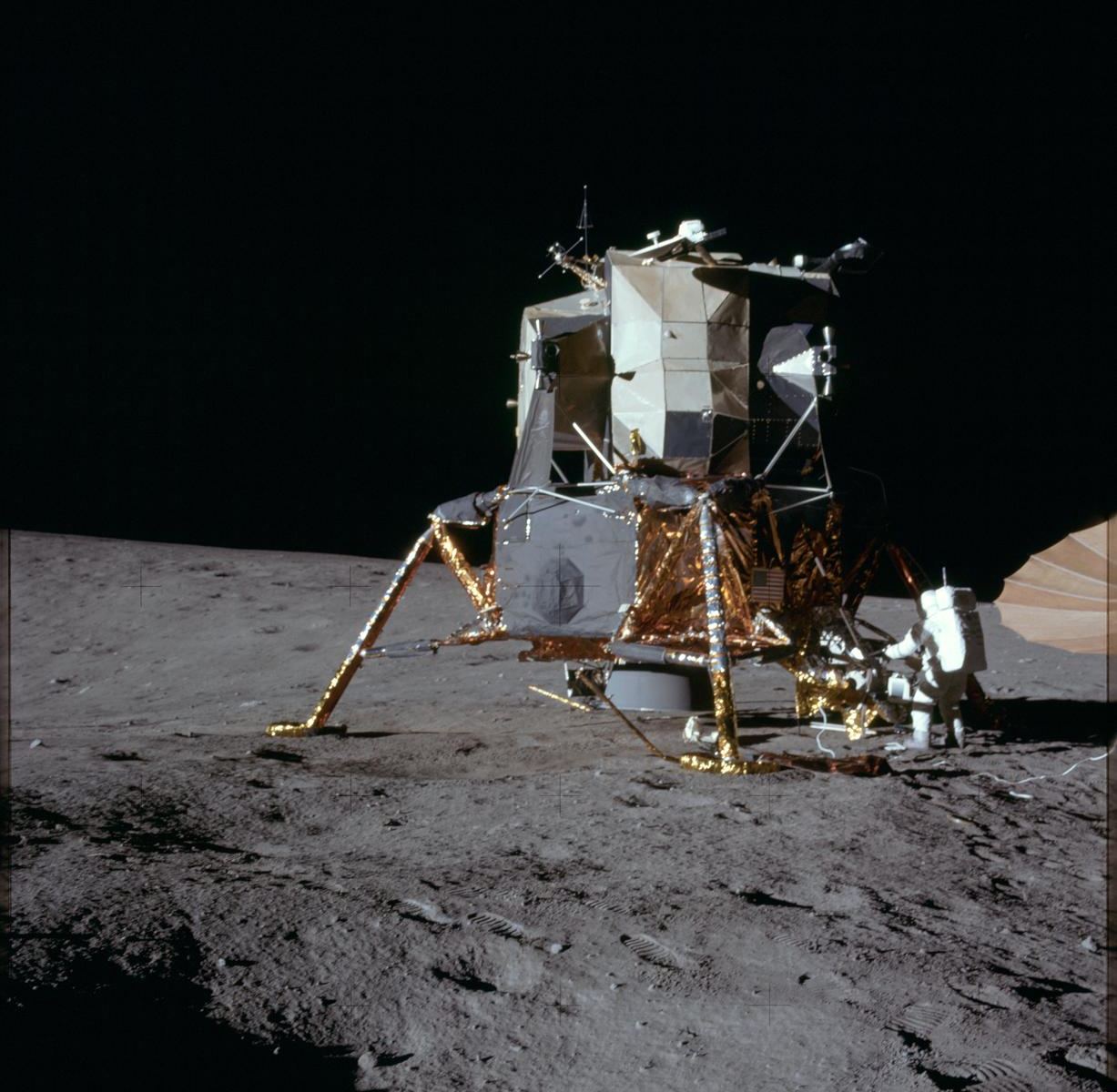
When spacecraft land on the Moon, their exhaust strikes the powdery regolith on the lunar surface. The Moon has low gravity and no atmosphere, so the dust is thrown up in a huge plume. The dust cloud could possibly interfere with the navigation and science instruments or cause visual obstructions. Additionally, the dust could even be propelled into orbit, risking other spacecraft nearby.
In working to better understand the impact future landers might have on the lunar surface, NASA has developed a new supercomputer simulation. They used it to predict how Apollo 12’s lunar lander exhaust would interact with regolith, then compared this to the actual results of the landing.
Continue reading “Simulating How Moon Landings Will Kick Up Dust”It’s Time for the Mars Rovers to Hunker Down and Wait for the Earth to Return

If you’ve noticed a slowdown in Mars news lately, it’s because of the Sun. Or, rather, it’s because the Sun is temporarily blocking our “view” of the Red Planet, which is on the other side of the Sun from Earth, in what’s called “Mars Solar Conjunction.”
Continue reading “It’s Time for the Mars Rovers to Hunker Down and Wait for the Earth to Return”
